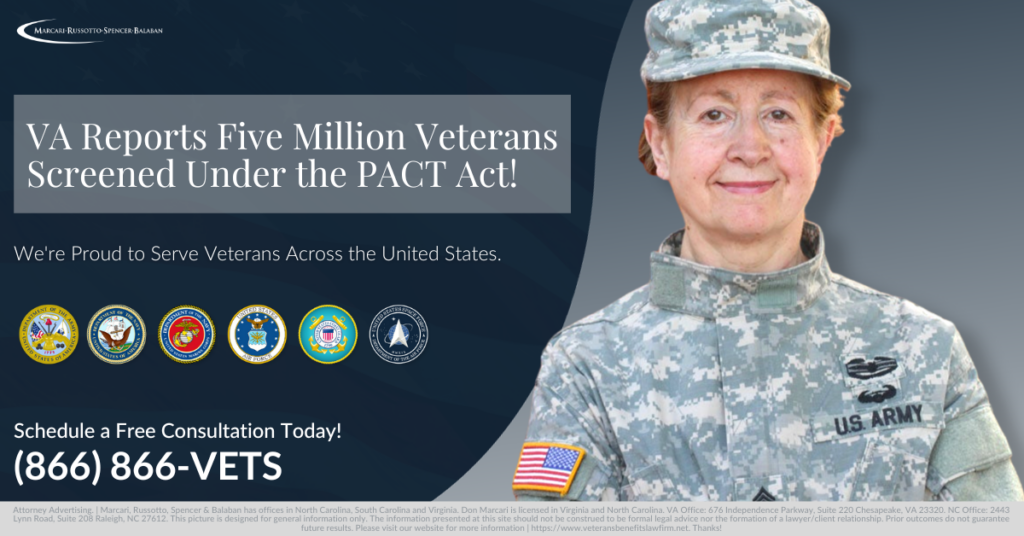Sexual assault within the military is a grave issue, and it is crucial to be aware of the steps you can take to receive the necessary help and support.
According to the Department of Defense (DoD), sexual assault is intentional sexual contact, that involves the use of force, threats, intimidation, abuse of authority, or non-consensual actions.
It is important to note that sexual assault can occur regardless of gender, spousal relationship, or age of the victim, and it must involve physical contact.
The DoD has identified sexual harassment as a significant factor affecting the unit climate concerning sexual assault.
Disturbingly, many victims experience harassment from individuals within their chain of command.
Military Sexual Trauma (MST) has been reported by Veterans across all eras of service, ranging from World War II to recent deployments in Iraq and Afghanistan.
Understanding what constitutes Military Sexual Assault is crucial.
It encompasses acts such as rape, forcible sodomy (oral or anal sex), and any other unwanted sexual contact that is aggravated, abusive, or wrongful.
This includes both attempted and inappropriate sexual contact.
Sexual assault and MST remain pervasive problems within the United States Armed Forces, impacting the well-being of service members and hindering the effectiveness of service.
The history of addressing military sexual assault is relatively recent. For most of the nation’s history, military members accused of common law crimes were tried in civilian courts.
It was only in the late 1980s that military rape law was established, prompted by publicized sexual assault scandals that brought the issue to the forefront.
The Department of Defense responded by issuing the Department of Defense Sexual Assault Response policy, now known as the Sexual Assault Prevention and Response Office (SAPRO).
Over the past decade, significant changes have occurred within the military justice system to address these issues.
To gain insight into sexual harassment and assault within the military, the DoD has conducted periodic administrations of the Workplace and Gender Relations Survey (WGRS) since 1988.
This survey includes measures of sexual harassment and assault, providing important data.
From 2002 to 2012, the WGRS indicated that around 8% to 9% of women and 1% to 3% of men reported coercive sexual harassment.
In 2004, former Secretary of Defense Donald H. Rumsfeld directed a review of the DoD process for treatment and care of sexual assault victims in the Military Services.
Furthermore, the DoD released key findings in 2012 regarding sexual harassment and violence at the United States Military Service Academies, highlighting an increase in the prevalence of unwanted sexual contact.
Media reports of sexual assault incidents in the U.S. armed services from 2013 to 2016 further emphasized the need for action and legislative measures to address MST.
Congressional hearings shed light on a rise in assaults, with Senator Martha McSally’s revelation of her own assault experience in the Air Force capturing national attention.
On April 27, 2018, the Department of Defense released its 2017 Fiscal Year Annual Report on Sexual Assault in the Military, which highlighted a nearly 10% increase in reported sexual assaults.
The DoD is proud of the rise in reporting, as it indicates increased confidence among survivors in seeking assistance.
However, specific figures on estimated actual sexual assaults in FY 2017 are notably absent.
The report reveals that active-duty service members constitute 87% of victims, while the remaining victims are civilians, foreign nationals, or unknown.
It is crucial to note that the report does not provide statistics on the number of perpetrators who are active-duty military members, despite many active-duty victims falling prey to such individuals.
MST has significant implications for victims, impacting their mental health, increasing the likelihood of suicidal or depressive thoughts, and contributing to post-traumatic stress disorder (PTSD) and other mental health conditions.
Individuals who have experienced sexual assault are also at a higher risk of substance use and abuse.
Moreover, sexual violence and the resulting psychological trauma affect victims’ relationships with family, friends, and co-workers.
Pregnancy and sexually transmitted infections are additional risks faced by victims.
Statistics on Military Sexual Assault reveal the pervasive nature of this issue.
In 2018, there were 20,500 reported sexual assaults or rapes, with 13,000 victims being women and 7,500 being men.
The rate of sexual assault and rape increased by almost 40% from 2016 to 2018, reaching the highest level for women Veterans since 2006.
Alarming figures indicate that 59% of women who reported a penetrative sexual assault were assaulted by someone with a higher rank, while 24% were assaulted by someone in their chain of command.
Unfortunately, most cases go unreported, with 76.1% of victims choosing not to report the crime in 2018.
Retaliation is a distressing norm, with 64% of women who reported a sexual assault facing retaliation.
In 66% of retaliation reports, the retaliators were individuals within the reporter’s chain of command.
Additionally, a third of victims are discharged after reporting, often within seven months of making a report.
These victims often receive harsher discharges, with 24% being separated under less than fully honorable conditions compared to 15% of all service members.
Trust and satisfaction in the system are low among victims who do not report, with over 25% fearing retaliation from their command or coworkers.
Furthermore, nearly 30% of victims who choose not to report have concerns about an unfair process or lack of action.
Less than half of female Veteran survivors feel adequately supported by their chain of command.
Convictions for unrestricted sexual assault cases reported since 2015 have witnessed a significant drop of almost 60%.
In 2018, out of the 5,805 unrestricted reports, only 307 cases went to court-martial, resulting in 108 offenders being convicted of nonconsensual sex offenses.
It is disheartening to note that 40% of homeless women Veterans have faced MST, and those with an MST history are more than twice as likely to experience homelessness.
Moreover, female Veterans constitute 90% of rape victims.
These facts on military sexual assault highlight the pressing need for addressing this pervasive issue and providing comprehensive support for survivors.
If you have experienced sexual assault during your military service, there are steps you can take to seek help and support.
In the event of a recent incident, prioritize finding a safe place. If urgent medical attention is required, promptly call 911.
Even if you have not sustained physical injuries, it is crucial to seek medical assistance to address both your mental and physical well-being.
The DoD Safe Helpline is a valuable resource that provides confidential crisis intervention, support, and information to service members of the DoD community who have experienced sexual assault. It is accessible 24/7, worldwide, at 877-995-5247.
Additionally, you can contact the National Sexual Assault Hotline, which offers free and confidential support around the clock, at 800-656-HOPE.









